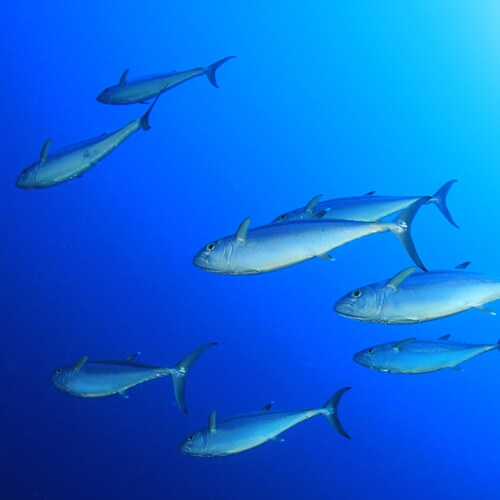Cooking sustainably with seafood
In 2006, Science Magazine published an article that projected the then-current rate of fish depletion in the world’s oceans. Researchers found that, should commercial fishing companies continue at that rate, the world’s ocean would be completely bereft of all fish supplies by 2048. Such a collapse in oceanic biodiversity would have devastating effects on the global ecosystem. Fortunately, the forecast is not inevitable. Boris Worm, lead researcher on the project, recently talked to Vice to discuss the status of the world’s oceans since that paper was published. He was careful to point out that the 2048 deadline was not a prediction, but rather an extrapolation of a current trend. If appropriate human action is taken, and Worm is confident that it has, then it is altogether possible to prevent the widespread destruction of global fisheries. Aspiring and professional chefs are in a particular position of power to have an even greater effect on marine sustainability efforts.
Harmful practices
There have been many contributing factors to the decline in global fish populations. Since the human population spike during the Industrial Revolution in the early 20th century, fish depletion has increased at an alarming rate. Harmful commercial fishing practices were adopted in an effort to feed the world’s growing population, which in turn led to overfishing in fragile ecosystems.
In addition to overfishing, human development led to the destruction of natural fish habitats in coastal areas. Increases in atmospheric carbon dioxide as well as fertilizer runoff have contributed to chemical imbalances in the ocean, making parts of the water uninhabitable. Further pollution from sewage and chemical spills have also contributed to the destruction of natural fish habitats.
How to cook sustainably
Fortunately, it is not too late to counteract the harmful effects humans have had on the global fish population. Worm is reassured by efforts in developed Western nations to reduce their negative impact on fish populations. As a result, fish populations in the United States and Europe have seen major signs of improvement. Chefs are able to help in marine conservation efforts in several ways.
When developing seafood recipes and menus, be sure to consult the current status of the global populations of that animal. The Monterey Bay Aquarium produces the Seafood Watch program, which monitors the seafood populations of different American regions. Consult their website for their regional seafood watch cards that outline the major at-risk species as well as good alternatives. In addition, chefs can inform diners about what is on their plate in order to encourage good buying habits in consumers. Chefs have the power to help protect fish populations through responsible sourcing and diner education.


